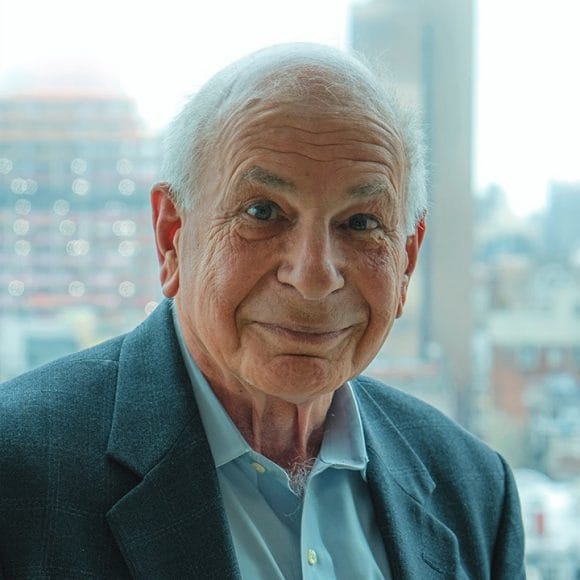Reducing noise in decision-making: Insights from Daniel Kahneman's latest book
In his newest book, Nobel Laureate and best-selling author Daniel Kahneman sheds light on the concept of noise and its impact on decision-making.



